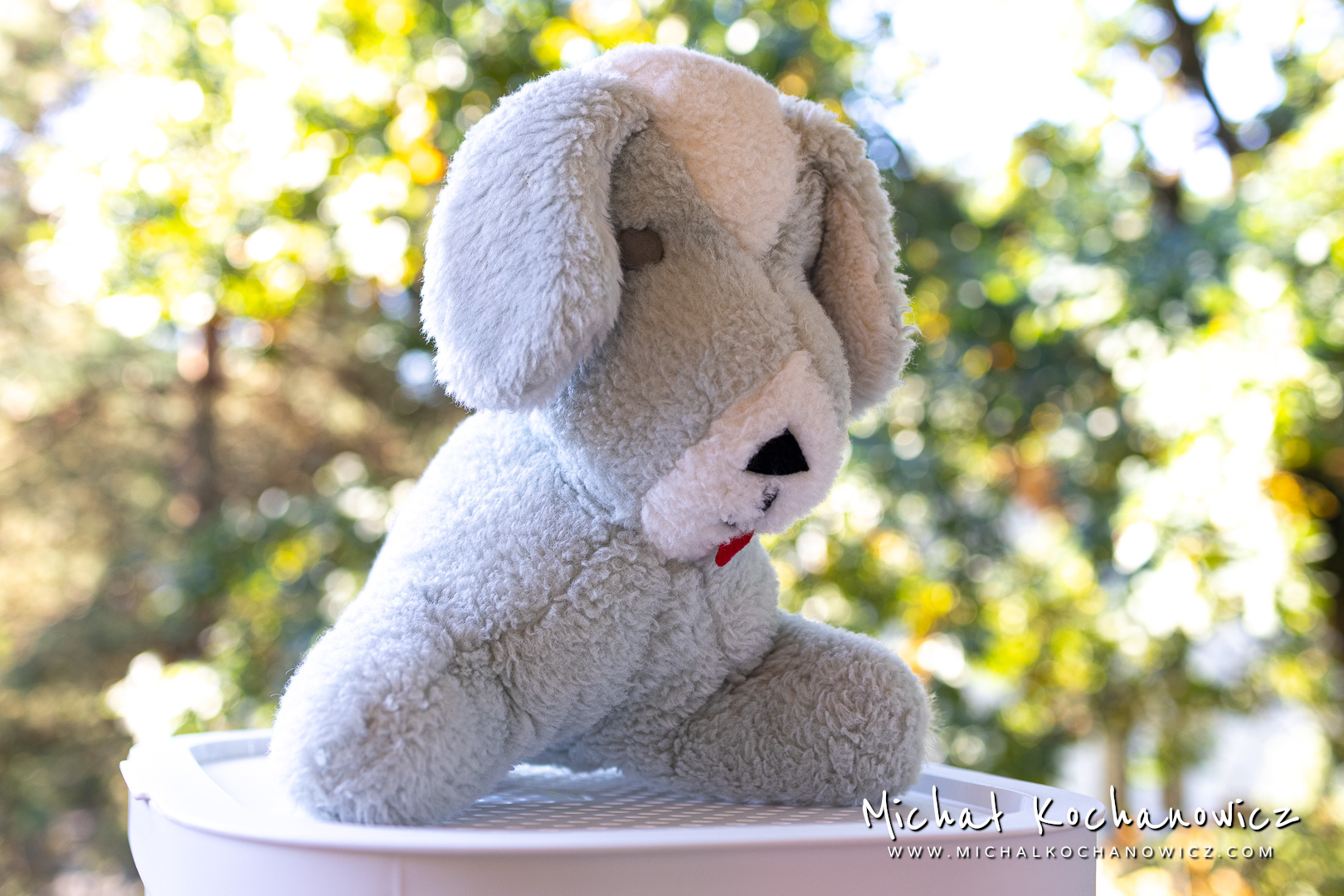Crop vs zoom
This article was inspired by a post from DPReview forum: https://www.dpreview.com/forums/post/68448731
The post at DPReview suggests, that cropping images from 45-megapixels Canon R5 camera can be an alternative to using multiple prime lenses, or even zoom lens. Basically, fast prime lens, such as Canon RF 20mm f/1.4 VCM, even when cropped, should still be faster than many zoom lenses. For example, 20mm f/1.4 lens when cropped by factor of 2, should become 40mm f/2.8 lens. That produces “digital zoom” lens of 20-40mm f/1.4-2.8. This is faster than actual zoom lenses Canon offers, such as RF 15-35mm f/2.8L or RF 14-35 mm f/4L.
This looked so good, that I wanted to try it for myself. From my experience I would benefit from such approach mostly at wide angle. I don’t have wide f/1.4 lens, but the principle should stay the same with any aperture, so I decided to try it with Canon RF 16mm f/2.8 cropped to match Canon RF 35mm f/1.8 shot at f/2.8.
Daylight
Lets start in daylight, to shot at ISO 100, and compare full image from RF 35mm f/1.8 shot at f/2.8 with cropped image from RF 16mm f/2.8. This is 2.2 times crop.
NOTE: unedited images.
That one took me by surprise. I didn’t expect such a difference in bokeh. Now when I see it, it seems obvious with 2.2 times crop.
I tried to find at what aperture the RF 35 f/2.8 would resemble cropped RF 16 f/2.8 most. From arithmetic it should be f/6.3. Lets try this:
I tried f/5.6 and f/7.1, just to be sure, but yes, f/6.3 is closest.
What happened here, is that I’ve just basically turned 16mm f/2.8 prime lens into 16-35 f/2.8-6.3 “digital zoom”. Not great, but still better than one lenses Canon actually sells – 15-30mm F4.5-6.3 IS STM.
Is there any downside to my “digital-zoom” lens? Yes, it is in resolution. Cropping reduces pixels, so cropping by factor of two turns 45 megapixel camera into 11 megapixel camera. 24 megapixel camera would become 6 megapixel camera. Cropped image obviously is less detailed. But whether that would be an issue or not, depends on how would I use this image.
High ISO
Now lets try some high ISO image. With smaller area of the sensor being used, we will not benefit as much from downscaling, and noise should be more visible. With image shot at ISO 12.800 and cropped by a factor of 2.2, we would see noise more similar to ISO 61.000. But will it matter?
Here are two images shot at f/2.8, with image from RF 16mm f/2.8 cropped to match:
Again, we see this difference in bokeh. How about noise? I think it depends on the display size. On a monitor I can clearly see it. On a phone, tablet, or smaller laptop, it would be less visible.
Lets have a look at some detail, just to pixel-peep a little:
And, yes, of course, I can apply noise reduction. But I can apply it to both images, and the uncropped one will still look little better.
Conclusion
It is fair to say, that we have a confirmation: we can crop quite a bit and use bright prime as a variable aperture zoom. If we’ll start with bright prime, like f/1.4 or even f/1.2, and as far as we will not go too far with zooming, this will actually give very usable results.
That bokeh penalty is quite strong, so this technique will work best where the background separation isn’t primary concern. Landscapes, architecture, vacation photos, you name it.
Also, cropping the image, especially on high resolution camera, will highlight any lens imperfection, like lack of sharpness or chromatic aberrations.
There is one more thing: the original conversation was about 45 megapixel Canon R5, but to me it seems this technique can be absolutely useful also on a lower resolution body… as long as even lower resolution crops will suit your need. 24 megapixels with 2 times crop gives 6 megapixels. This should still be enough for web, and I wouldn’t be afraid to print it at 30 by 20 cm (12 x 8 in).
Surprisingly, the reduction of megapixels (45 -> 11 or 24 -> 6) with crop factor of 2 doesn’t affect image quality as much as I would expect. But as pixels are reduced with square of crop factor, the megapixel reduction is very fast, and I think factor of 3 could be problematic. That would reduce 45 megapixels to 5 megapixels, and 24 megapixels to just 2.7 megapixels. So no, no travel-super-digital-zoom.
Lets quickly sum it up:
Pros
- Longer reach.
- Often wider aperture, compared to real zoom lens.
Cons
- Less background separation (bokeh).
- More noise.
- Lower pixel count.
- Lens imperfections amplified.
And just to conclude, here are some sample lenses with effect of applying 2x crop:
| Lens | Field of view looks like | Bokeh looks like | With crop, works like |
|---|---|---|---|
| 15-35mm f/2.8 @ 35mm | 70mm | f/5.6 | 15-35-70mm f/2.8-2.8-5.6 |
| 16mm f/2.8 | 32mm | f/5.6 | 16-32mm f/2.8-5.6 |
| 20mm f/1.4 | 40mm | f/2.8 | 20-40mm f/1.4-2.8 |
| 24mm f/1.4 | 48mm | f/2.8 | 24-48mm f/1.4-2.8 |
| 24-70mm f/2.8 @ 70mm | 140mm | f/5.6 | 24-70-140mm f/2.8-2.8-5.6 |
| 28-70mm f/2 @ 70mm | 140mm | f/4 | 28-70-140mm f/2-2-4 |
| 35mm f/1.4 | 70mm | f/2.8 | 35-70mm f/1.4-2.8 |
| 85mm f/1.4 | 170mm | f/2.8 | 85-170mm f/1.4-2.8 |
| 70-200mm f/2.8 @ 200mm | 400mm | f/5.6 | 70-200-400mm f/2.8-2.8-5.6 |
| 100-500mm f/4.5-7.1 @ 500mm | 1000mm | f/14 | 100-500-1000mm f/4.5-7.1-14 |
| 400mm f/2.8 | 800mm | f/5.6 | 400-800mm f/2.8-f/5.6 |
| 800mm f/11 | 1600mm | f/22 | 800-1600mm f/11-22 |
